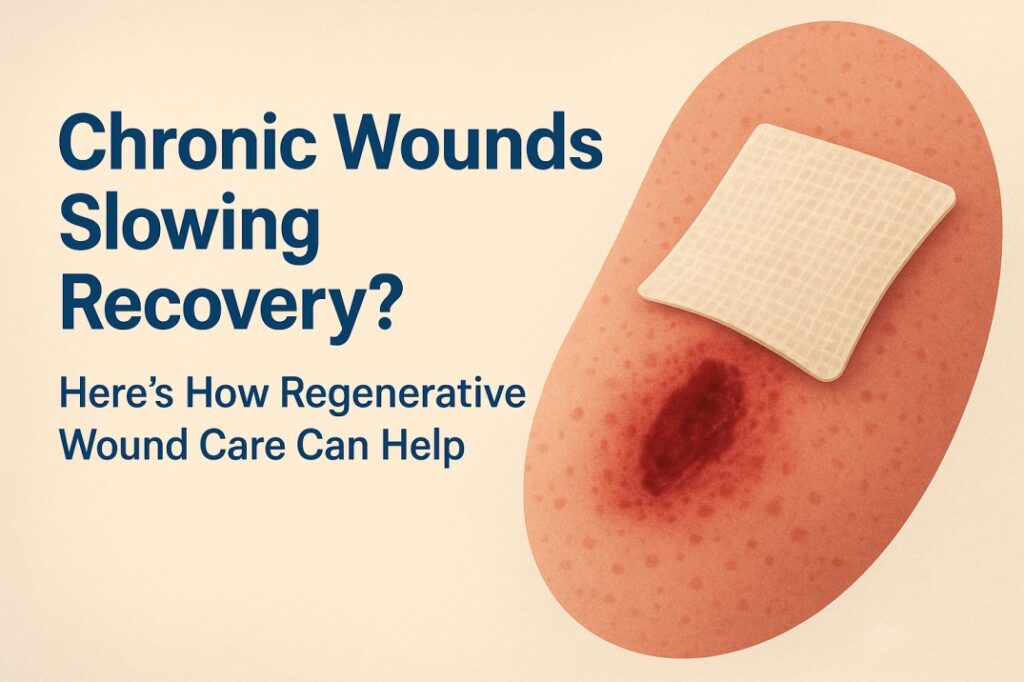Uneven skin tone is a common concern for many people, often caused by sun exposure, acne scars, hormonal changes, or aging. These factors can lead to hyperpigmentation, dark spots, and dullness, making the complexion look patchy. One professional treatment that has shown great success in addressing these concerns is a Chemical Peel in Islamabad.
A chemical peel can significantly improve skin tone by exfoliating damaged layers, stimulating cell renewal, and revealing fresher, more uniform skin underneath.
Table of Contents
ToggleHow a Chemical Peel Works for Uneven Skin Tone
A chemical peel involves applying a specialized solution to the skin, which causes controlled exfoliation. This process removes the outermost layers that may be damaged or pigmented, allowing healthier skin to emerge.
The benefits for uneven skin tone include:
-
Pigment Reduction: Targets areas with excess melanin production, helping to fade dark spots and discoloration.
-
Texture Improvement: Smooths rough patches for a more even surface.
-
Cell Turnover Stimulation: Encourages new skin growth for a brighter and more balanced complexion.
-
Boosted Radiance: Reveals healthy skin that reflects light more evenly.
Types of Chemical Peels for Uneven Skin Tone
1. Superficial Peels
-
Best For: Mild pigmentation, dullness, and uneven texture.
-
Common Ingredients: Glycolic acid, lactic acid, mandelic acid.
-
Downtime: Minimal; mild redness or peeling for 1–2 days.
2. Medium Peels
-
Best For: Moderate hyperpigmentation, acne scars, and sun damage.
-
Common Ingredients: Trichloroacetic acid (TCA), often blended with other agents.
-
Downtime: 5–7 days of peeling and redness.
3. Deep Peels
-
Best For: Severe pigmentation issues and stubborn discoloration.
-
Common Ingredients: High-strength TCA or phenol.
-
Downtime: 10–14 days or more, with longer recovery.
Why Chemical Peels Are Effective for Uneven Skin Tone
Uneven skin tone is often caused by melanin irregularities or buildup of dead skin cells. Chemical peels address both issues:
-
Melanin Regulation: Reduces excessive pigment production.
-
Exfoliation: Removes damaged skin cells and improves light reflection.
-
Collagen Stimulation: Enhances skin structure for smoother, more uniform tone.
Expected Results
Many patients notice visible improvement after just one peel, especially with superficial treatments for mild unevenness. However, for more noticeable discoloration, a series of 3–6 treatments spaced several weeks apart may be recommended.
Aftercare for Best Results
To maintain an even skin tone after a chemical peel:
-
Avoid Sun Exposure: UV rays can trigger pigmentation return.
-
Use Sunscreen Daily: SPF 30 or higher is non-negotiable.
-
Moisturize Regularly: Supports healing and prevents dryness.
-
Follow Professional Advice: Use only approved skincare products post-treatment.
Risks and Considerations
While chemical peels are safe when performed by trained professionals, there are some potential side effects:
-
Redness and peeling
-
Temporary sensitivity
-
Rarely, post-inflammatory hyperpigmentation (especially in darker skin tones)
These risks are minimized when the procedure is done at a reputable clinic under expert supervision.
Professional Recommendation
If uneven skin tone is affecting your confidence, a chemical peel could be an effective solution. Clinics like Dynamic Aesthetic Clinic Islamabad provide customized peels based on your skin type and pigmentation severity, ensuring optimal results while minimizing risks.
Final Thoughts
A chemical peel is one of the most reliable non-surgical treatments for uneven skin tone. By targeting pigmentation and promoting fresh cell growth, it helps you achieve a brighter, smoother, and more balanced complexion.
With the right peel type, professional expertise, and proper aftercare, you can enjoy long-lasting improvement and restore your skin’s natural glow.









